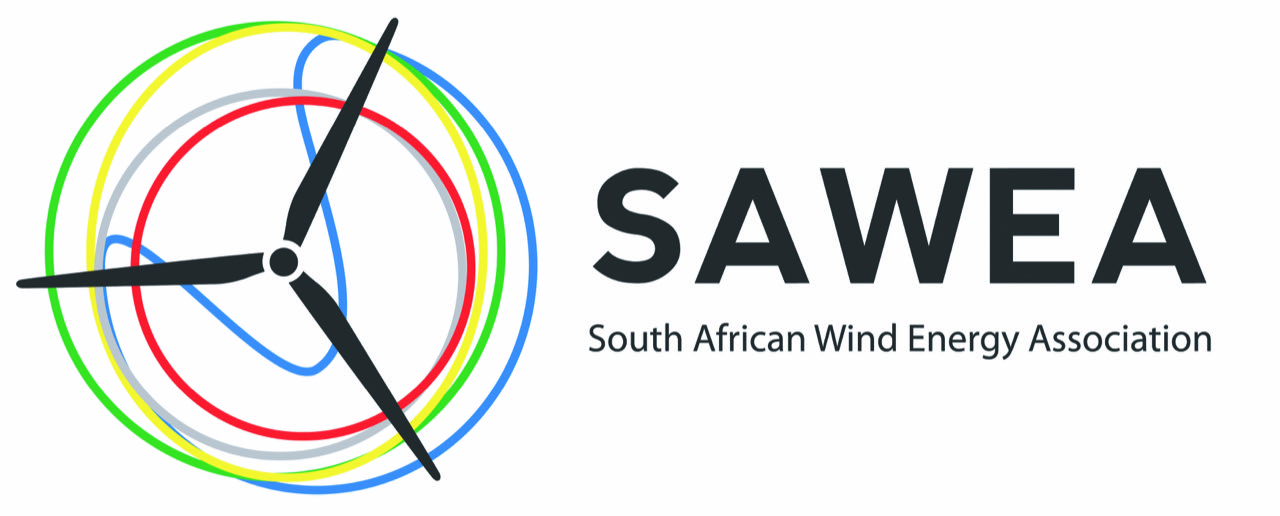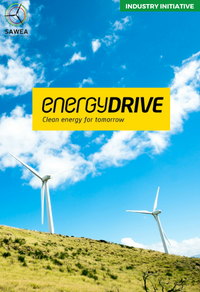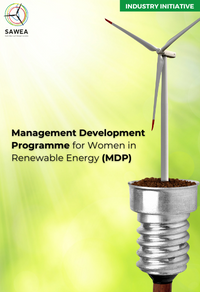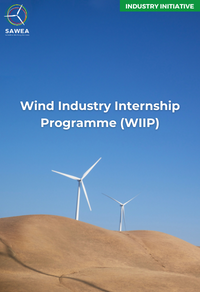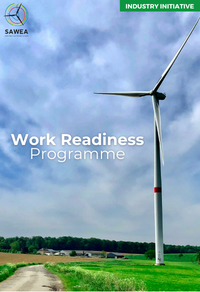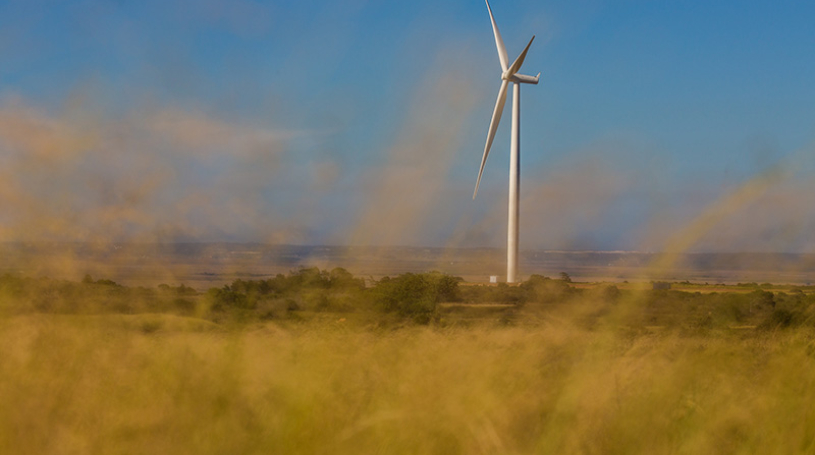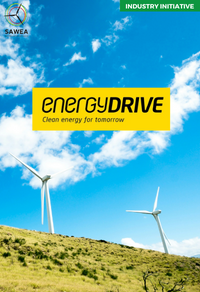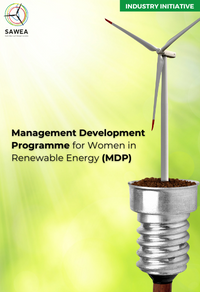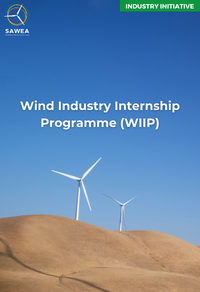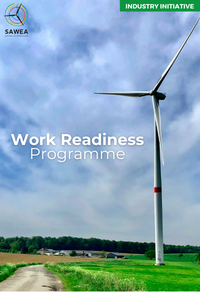Wind Energy's Leading Role in SA’s Energy Action Plan
Following the National Energy Crisis Committee’s six-month progress update on implementation of the Energy Action Plan, released earlier this year, the South African Wind Energy Association (SAWEA) has commended the Government’s transparency and inclusion of the public on its progress towards addressing energy security, and has welcomed the changes. However, it has advised that there are a number of key focus areas that require additional intervention and swift action within the five objectives outlined in the plan, with a clearer scope of wind energy integration, mainly infrastructure investment in wind projects.
SAWEA believes that in order for the country’s energy security challenges to be addressed adequately, a holistic view of available renewable energy sources need to be taken into consideration. Not only does this provide consumers and businesses options, but it will also enable a fertile economic environment. Wind, as one of the most cost effective renewable energy sources has significantly demonstrated its positive economic contribution with a total procurement by wind IPPs during construction and operations to date amounting to over R9 Billion. Fundamentally, the Energy Action Plan is a tool that will hold government accountable to ensure thorough deployment of the identified objectives to ensure an energy secure future that includes the integration of wind energy. Unpacking these objectives and what the expectations for the wind sector are, SAWEA’s Chief Communications Officer, Morongoa Ramaboa, explains, in relation to EAP’s overall longterm objective to achieve energy security, “We support the various interventions and those that are in the pipeline.
More so, we welcome the fact that renewable energy is being embraced by Government through the Cabinet’s endorsement of the Just Energy Transition Investment Plan, as well as the prioritisation of solar, wind, gas and storage projects at nine of Eskom’s power stations. We believe that this will ultimately support our urgent need for energy security, effectively reducing load shedding and the resulting detrimental impact on our green economy.” Furthermore, the Plan’s approach to accelerating private investment in generation capacity, through the removal of the licensing requirement for generation projects of any size, the reduction of timeframes for regulatory approvals, as well as the establishment of a ‘One Stop Shop’ for energy projects through Invest SA, are interventions that SAWEA welcomes. However, SAWEA also values public procurement that allows a baseline of investment and creates stability in a growing industry, noting that there’s room for both markets to ensure that energy security is achieved across the entire value chain in both private and public spheres. “The ideal is to create an environment that encourages and accelerates investment injection into the economy, removing the pressure from public fiscus, and to stimulate the private sector to invest in their own energy supply and furthermore create new industries,” adds Ramaboa SAWEA believes that the reduction of timeframes for regulatory approvals based on the streamlining of environmental processes will significantly accelerate the development of large-scale transmission infrastructure.
And, whilst it acknowledges that the state utility has conceptualised various programmes that will allow for the procurement of additional power when the grid is significantly constrained, it expects government to maintain consistency in as far as the capacity procurement is concerned. Whilst a step in the right direction, the Association warns that accelerated procurement through the trusted REIPPP programmes and increased private offtakes, is whats needed to resolve the energy crisis in the country. SAWEA reiterates that a clearly defined queueing system needs to be urgently implemented with a balanced view between publicly and privately procured electricity. It additionally advocates that Ministerial determination for over 18 000 MW of new generation capacity from wind, solar and battery storage be prioritised since it was published in August last year. The EAPs intention to enable businesses and households to invest in rooftop solar, is viewed as a good start to providing reprieve from the adverse effects of interrupted electricity. This requires the development of a net billing framework for municipalities to enable customers to feed electricity from rooftop solar installations onto the grid by the utility.
“To complement this move, SAWEA is looking at investment opportunities to integrate wind energy for the use of businesses and households to supplement the use of PV panels, especially in areas that prone to strong wind conditions,” continues Ramaboa. SAWEA has welcomed the establishment of a National Energy Crisis Committee (NECOM) as it demonstrates government’s willingness to collaborate with a wide variety of expertise across different spectrums within the energy mix. The Minister of Electricity’s role of coordination and working with the Minister of Mineral Resources and Energy to provide the solutions to transform the energy sector certainly inspire confidence in the industry and amongst investors. With the current energy insecurity, there’s a significant need for South Africa to have an enabling policy environment that stimulate economic growth, reliable energy supply, as well as build new human capital to meet the needs of a growing renewable energy economy. According to the Integrated Resource Plan 2019, the South African power system includes 3.7 GW from renewable energy, namely wind, solar PV and Concentrating Solar Power. This is viewed as an under estimation given the movement in private offtake market. SAWEA has noticed a trend of an increase in private off-takers sourcing renewable energy, typically wind and solar PV. We believe that this will drive a competitive market able to provide new generation capacity in a cost-effective manner. This attests that the wind sector is a driving force in economic development in South Africa. “In order to realise our vision of becoming a thriving commercial Wind power industry that supports government in fulfilling its mandate to secure energy for South Africa, we cannot afford to have a repeat of the latest failed public procurement bid window (BW6), which has resulted in the loss of investment and market confidence. Hence, the current system for allocating grid access remains a pressure point as it marginalizes capable and willing organisations that can contribute significantly to the supply of electricity. So, although additional determinations are welcome, this can’t be in absence of a solution to increased grid capacity and to ensure fair access for additional projects that are currently inactive,” concluded Niveshen Govender, CEO of SAWEA.
